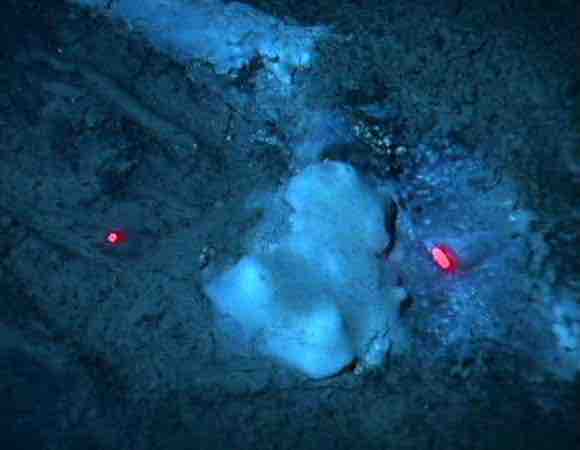Sulfur is an essential element for all life, and it is widely used in biochemical processes. In metabolic reactions, sulfur compounds serve as both fuels and respiratory (oxygen-alternative) materials for simple organisms. Sulfur is an important part of many enzymes and antioxidant molecules such as glutathione and thioredoxin.
Sulfur Oxidation
Sulfur oxidation involves the oxidation of reduced sulfur compounds such as sulfide (H2S), inorganic sulfur (S0), and thiosulfate (S2O2−3) to form sulfuric acid (H2SO4). An example of a sulfur-oxidizing bacterium is Paracoccus.
Generally, the oxidation of sulfide occurs in stages, with inorganic sulfur being stored either inside or outside of the cell until needed. The two step process occurs because sulfide is a better electron donor than inorganic sulfur or thiosulfate; this allows a greater number of protons to be translocated across the membrane. Sulfur-oxidizing organisms generate reducing power for carbon dioxide fixation via the Calvin cycle using reverse electron flow—an energy-requiring process that pushes the electrons against their thermodynamic gradient to produce NADH. Biochemically, reduced sulfur compounds are converted to sulfite (SO2−3) and, subsequently, sulfate (SO2−4) by the enzyme sulfite oxidase. Some organisms, however, accomplish the same oxidation using a reversal of the APS reductase system used by sulfate-reducing bacteria (see above). In all cases the energy liberated is transferred to the electron transport chain for ATP and NADH production. In addition to aerobic sulfur oxidation, some organisms (e.g. Thiobacillus denitrificans) use nitrate (NO−3) as a terminal electron acceptor and therefore grow anaerobically.
Beggiatoa
A classic example of a sulfur-oxidizing bacterium is Beggiatoa, a microbe originally described by Sergei Winogradsky, one of the founders of environmental microbiology. Beggiatoa can be found in marine or freshwater environments . They can usually be found in habitats that have high levels of hydrogen sulfide. These environments include cold seeps, sulfur springs, sewage contaminated water, mud layers of lakes, and near deep hydrothermal vents. Beggiatoa can also be found in the rhizosphere of swamp plants. During his research in Anton de Bary's laboratory of botany in 1887, Russian botanist Winogradsky found that Beggiatoa oxidized hydrogen sulfide (H2S) as an energy source, forming intracellular sulfur droplets. Winogradsky referred to this form of metabolism as inorgoxidation (oxidation of inorganic compounds). The finding represented the first discovery of lithotrophy.

A Beggiatoa bacterial mat at the Blake Ridge
Beggiatoa spp. bacterial mat at a seep on Blake Ridge, off the coast of South Carolina. The red dots are range-finding laser beams. Beggiatoa are able to detoxify hydrogen sulfide in soil.
Beggiatoa can grow chemoorgano-heterotrophically by oxidizing organic compounds to carbon dioxide in the presence of oxygen, though high concentrations of oxygen can be a limiting factor. Organic compounds are also the carbon source for biosynthesis. Some species may oxidize hydrogen sulfide to elemental sulfur as a supplemental source of energy (facultatively litho-heterotroph). This sulfur is stored intracellularly. Some species have the ability of chemolithoautotrophic growth, using sulfide oxidation for energy and carbon dioxide as a source of carbon for biosynthesis. In this metabolic process, internal stored nitrate is the electron acceptor and reduced to ammonia.
Sulfide oxidation: 2H2S + O2 → 2S + 2H2O
Marine autotrophic Beggiatoa species are able to oxidize intracellular sulfur to sulfate. The reduction of elemental sulfur frequently occurs when oxygen is lacking. Sulfur is reduced to sulfide at the cost of stored carbon or by added hydrogen gas. This may be a survival strategy to bridge periods without oxygen